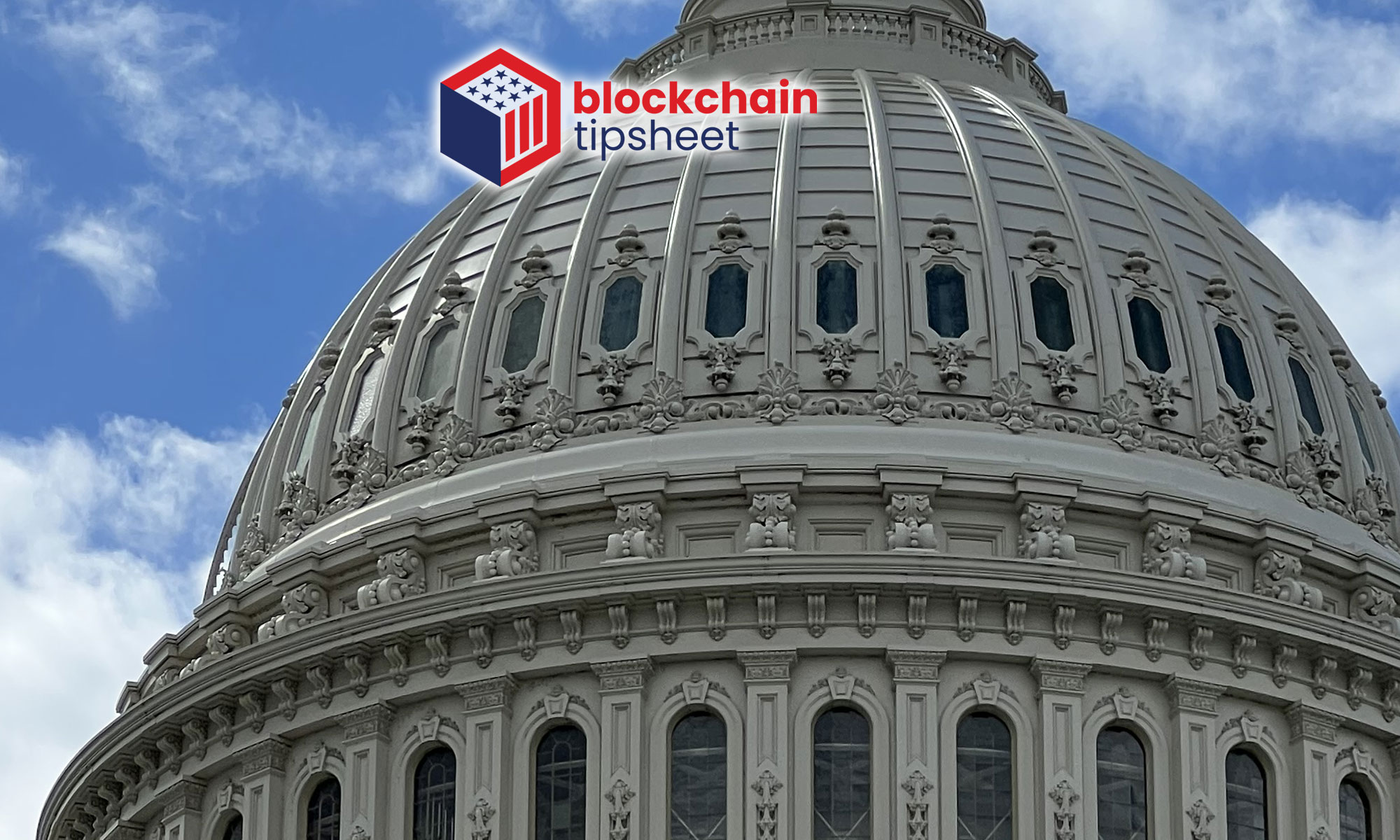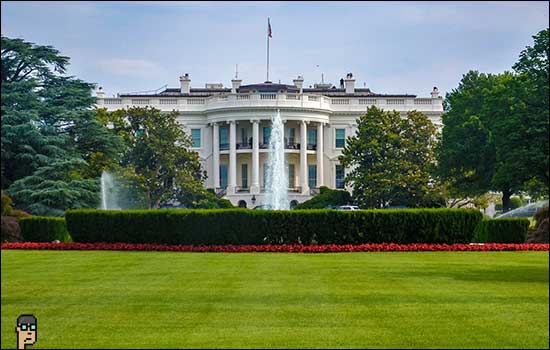Deadlines were met last Friday as several departments of the U.S. government delivered their reports on digital assets as required by President Joseph Biden’s Executive Order 14067 (EO) in March.
The goal of the EO is to ensure that the United States stays in front of innovation especially as it relates to the U.S. financial system. And, perhaps more importantly, the goal appears to be understanding a framework necessary for risks inherent in crypto markets and ensuring the ongoing global supremacy of the U.S. dollar and protection of the financial system.
The White House kicked things off with a “Fact Sheet” titled “White House Releases First-Ever Comprehensive Framework for Responsible Development of Digital Assets” (read it) in which it says nine reports have been “submitted” to-date – below are five that were released publicly on Friday.
U.S. Treasury Department (3 reports)
Treasury Secretary Janet Yellen trumpeted the release of three reports from her department adding in a press release that if risks are mitigated, “digital assets and other emerging technologies could offer significant opportunities.”
The “Crypto-Assets: Implications for Consumers, Investors, and Businesses” (get the PDF) report from Treasury looks at “developments and adoption of digital assets and changes in financial market and payment system infrastructures for U.S. consumers, investors, businesses, and for equitable economic growth.”
As part of its recommendations, Treasury sees a need to “Provide Guidance through Individual Actions” and elaborates that the OCC, FDIC and SEC have all taken such actions recently including “the SEC’s special purpose broker-dealer statement on digital asset custody that identifies the circumstances in which the SEC will not take certain enforcement action against broker-dealers with respect to digital asset securities.”
Of all the reports released, “The Future of Money and Payments,” provides the broadest and most hopeful overview and loops in the CBDC debate from a U.S. Treasury perspective. (get the PDF).
“This report reviews the current U.S. system of money and payments, including developments in instant payments and stablecoins. It also describes design choices for a potential U.S. Central Bank Digital Currency (CBDC) in the context of public policy considerations related to building the future of money and payments, supporting U.S. global financial leadership, advancing financial inclusion and equity, and minimizing risks.”
Following up on last week’s reports, the U.S. Treasury Department asked today for public comment (get the PDF) on crypto with emphasis on the risks saying, “In particular, the Department invites comments on the digital-asset-related illicit finance and national security risks as well as the publicly released action plan to mitigate the risks.”
All comments are due by November 3 and may be submitted via the Federal eRulemaking Portal here.
In a third report from Treasury, next steps for the Department are discussed with the 17-page “Action Plan to Address Illicit Financing Risks of Digital Assets” (get the PDF). The plan begins with an identification of the threats proposed to the state including money laundering, proliferation financing (such as North Korea’s hacking efforts), terrorist financing.
Features of virtual assets also are discussed in the “Action Plan” as presenting “opportunities for misuse by illicit actors.”
These include threats that could also be seen as cryptocurrency’s strengths:
-
- “Cross‑Border Nature and Gaps in Anti-Money Laundering/Combat the Financing of Terrorism (AML/CFT) Regimes across Countries Virtual” which simultaneously identifies one of crypto’s benefits: “assets can be used to transfer large amounts of value across borders very quickly.”
- “Anonymity‑Enhancing Technologies – Criminals are increasingly using anonymity‑enhancing technologies, such as enhanced cryptography, mixers, or operation on an opaque blockchain, in the virtual asset sector.” Here, too, privacy can also be a good thing.
- “Disintermediation – Many virtual assets can be self‑custodied and transferred without the involvement of an intermediary financial institution, which can be referred to as disintermediated.” On the other hand, many see this “bankless” property as helping underserved communities.
- “VASP Registration and Compliance Obligations” .Virtual Asset Service Providers or VASP’s… i.e. exchanges) have AML/KYC rules which have been globally required by U.S.-led efforts through Financial Action Task Force (FATF) since 2018 (PDF). The concern here is for domestic compliance but more acutely for tracking U.S. persons who are using exchanges outside AML/KYC in foreign jurisdictions. This could also relate to the oft-discussed “Travel Rule” which looks to extend AML/KYC connections to unhosted wallets, for example. Once again, the privacy discussion collides with AML/KYC.
U.S. Justice Department (1 report)
The Justice Department response to the EO led by U.S. Attorney General Merrick Garland summarizes anti-crime work on digital assets so far and then makes legal and regulatory recommendations to facilitate more arrests of bad actors. Read “The Role of Law Enforcement in Detecting, Investigating, And Prosecuting Criminal Activity Related To Digital Assets” (get the PDF).
The 46-page report (with oodles pages of endnotes) is voluminous and builds on Justice’s 2020 Cryptocurrency Enforcement Framework (PDF).
New regulation suggestions in the report from the Attorney General often include references or changes to the Bank Secrecy Act (BSA). The BSA allows The Office of the Comptroller of the Currency (OCC) to create regulations, supervise and potentially take enforcement on national banks in an effort to curtail crime. NFTs and DeFi each receive attention in the report as opportunities for malicious actors to carry out their malfeasance. On NFTs: “As high-value goods designed to be traded on an anonymous or pseudonymous basis, NFTs are potential vehicles for money laundering or tax evasion schemes.”
As it does six times in the EO response, the Justice Department references Chainalysis’ “The 2022 Crypto Crime Report” (PDF).
U.S. Commerce Department (1 report)
With its 18-page EO response, the U.S. Department of Commerce takes the role of advocate for business saying that innovation and remaining competitive are at stake. “Responsible Advancement of U.S. Competitiveness in Digital Assets, from Commerce” (get the PDF).
Diversity, equity, and inclusion are seen as possible positive outcomes from the growth of digital assets. This echoes comments made in The White House “Fact Sheet” suggesting The National Science Foundation (NSF) “will back research in technical and socio-technical disciplines and behavioral economics to ensure that digital asset ecosystems are designed to be usable, inclusive, equitable, and accessible by all.” This also reinforces statements made by Congressional staff at an August roundtable produced by the CFTC.
Meanwhile, energy challenges will need to be monitored with further research says the report.
In the conclusion, the Commerce Department proposes a “whole-of-government strategy” in order to promote “U.S. leadership in digital assets in the coming years.” It’s very broad with plenty of room for interpretation – but it’s positive as one might expect from a champion of U.S. business and markets.
-
- “Ensuring effective regulatory approaches and addressing regulatory gaps”
- “International engagement and trade promotion”
- “Meaningful public-private engagement”
- “Sustained U.S. leadership in technological research and development (R&D)”
More to come
Assuming these five reports are among the nine reports that The White House said have been submitted to-date, expect more reports released in the coming days such as a report from the Department of Energy.
All reports released in response to EO 14067 – updated 10/6/22:
-
- Crypto-Assets: Implications for Consumers, Investors, and Businesses – Treasury.gov
- The Future of Money and Payments – Treasury.gov
- Action Plan to Address Illicit Financing Risks of Digital Assets – Treasury.gov
- The Role of Law Enforcement in Detecting, Investigating, And Prosecuting Criminal Activity Related To Digital Assets – Justice.gov
- Responsible Advancement of U.S. Competitiveness in Digital Assets, from Commerce – Commerce.gov
- Climate and Energy Implications of Crypto-Assets in the United States – Whitehouse.gov
- Technical Possibilities for a U.S. Central Bank Digital Currency – Whitehouse.gov
- Report on Digital Asset Financial Stability Risks and Regulation – Treasury.gov and FSOC
- Related news releases:
-
- Background Press Call by Senior Administration Officials on the First-Ever Comprehensive Framework for Responsible Development of Digital Assets – Whitehouse.gov
- Statement by NEC Director Brian Deese and National Security Advisor Jake Sullivan on Digital Assets Framework – Whitehouse.gov
- McHenry Statement on Biden Administration’s Digital Assets Reports – Republicans on House Financial Services Committee
- FACT SHEET: The Financial Stability Oversight Council’s Report on Digital Asset Financial Stability Risks and Regulation

